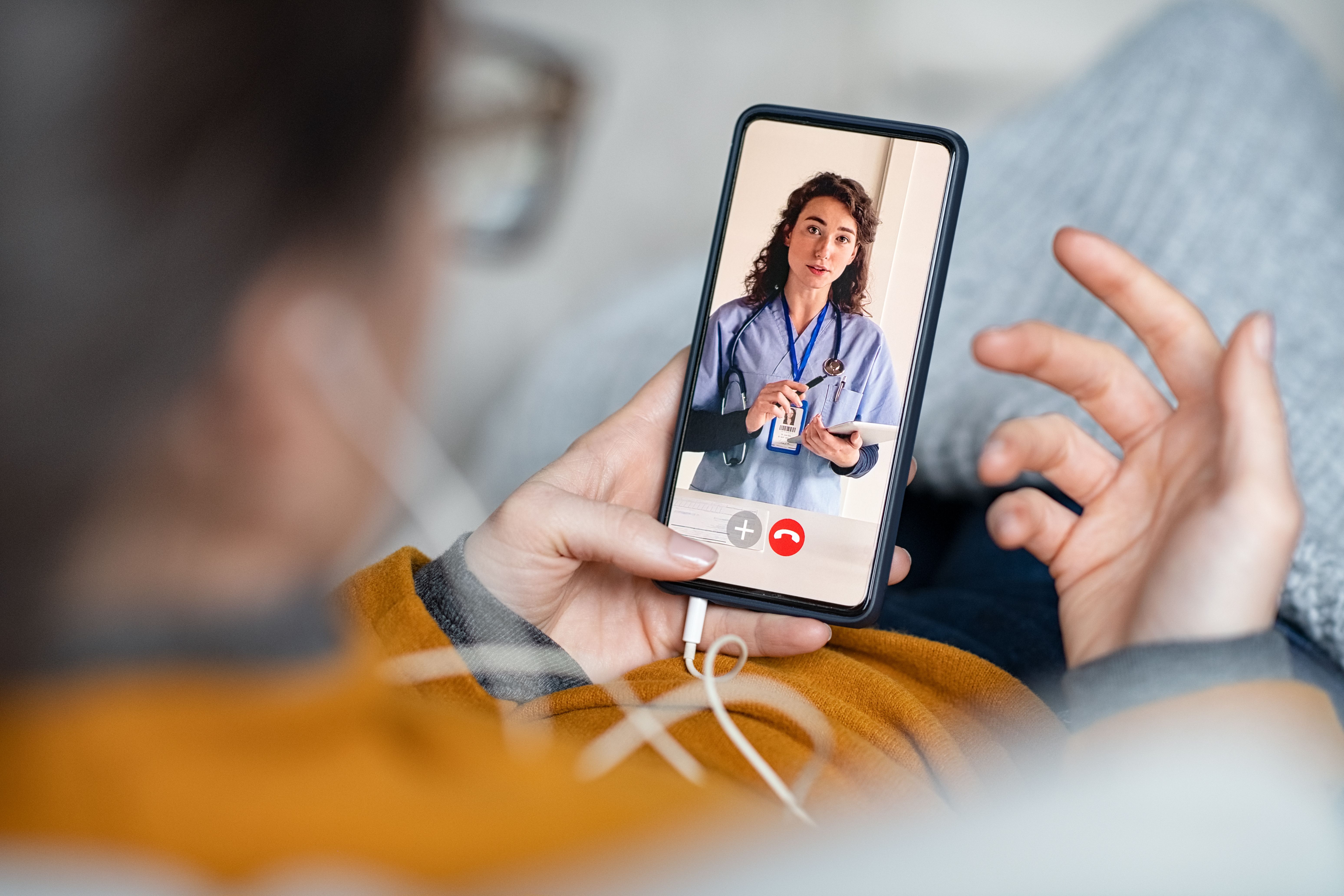- Center on Health Equity & Access
- Clinical
- Health Care Cost
- Health Care Delivery
- Insurance
- Policy
- Technology
- Value-Based Care
Optimizing Cancer Rehabilitation Through Telehealth
Although telehealth is broadly accepted as a mode of cancer rehabilitation, accessibility and in-person challenges exist.
Telehealth in cancer care offers patients a means of receiving essential rehabilitation services for patients living with the side effects of cancer and its treatment. However, issues regarding accessibility and the importance of in-person care remain.

This mixed methods study published in JMIR aimed to understand patient’s experiences of telehealth and their preferences for using telehealth for cancer rehabilitation.
“These findings complement the views of our rural participants who welcomed the opportunity to avail cancer rehabilitation without the need to travel to an urban center and highlight the importance of continuing to maintain and develop telehealth cancer rehabilitation services in the post emergency phase of the pandemic,” wrote the researchers of the study.
With the accelerated use of telehealth In cancer care due to the COVID-19 pandemic, this study distributed an anonymous survey to patients, identifying the need, benefit, barriers, facilitators, and preferences for telehealth cancer rehabilitation to survivors of cancers living in Ireland from October 2020 to November 2021.
These individuals were asked to participate in semi structured interviews via telephone or video call based on an interview guide informed by the results of the survey.
A total of 48 individuals were included in the analysis, in which most patients were female (75%), younger than 55 years (81%), and breast cancer was the most common diagnosis (54%).
Most patients (85%) reported experiencing ongoing side effects of their cancer and treatment and had 3 or more side effects (71%). The most frequently experienced side effects were fatigue (69%), pain (50%), menopausal issues (40%), anxiety (38%), and nerve problems such as numbness and tingling (38%). Furthermore, 77% of all participants reported feeling that they could benefit from visiting a health care professional for their side effects.
Of these participants, 65% had experienced telehealth since the beginning of the COVID-19 pandemic and most respondents (90%) reported they were open to using telehealth specifically for cancer rehabilitation. More than half (54%) of respondents reported that the COVID-19 pandemic changed their views of telehealth.
A content analysis found the pandemic required people to become more familiar with videocalls, and that participants believed telehealth was a safe way to access health care services at the time.
Moreover, some participants reported being more likely to engage in telehealth now even if they had not used it before. However, some (10%) respondents reported feeling frustrated because of the lack of in-person contact during the pandemic.
A reflexive theme analysis identified 5 main themes regarding telehealth in cancer rehabilitation, finding:
- Telehealth improves accessibility to cancer rehabilitation but is a barrier for others because of internet connectivity issues in rural areas and IT skills
- Telehealth in cancer survivorship is a more comfortable mode of health care delivery and was safe and secure during the pandemic
- The value of in-person health care meets the desire for personal connection, which is a limitation for telehealth
- Telehealth in cancer care and COVID-19 was an enforced and dramatic change which is now an accepted mode of health care delivery for survivors of cancer
- The future of telehealth in cancer rehabilitation requires a willingness, need for support, amenability of cancer rehabilitation services to telehealth delivery, and preferences and recommendations for future services
However, the researchers acknowledged some limitations to the study, such as a proportionally low number of in-person surveys completed due to the pandemic. Additionally, fewer patients were available in the hospital to be approached for completing the survey. Therefore, a high number of responses that were gathered on the web may have been biased toward individuals who are more comfortable using digital technologies.
Despite these limitations, the researchers believe the study shows a wide acceptance of telehealth in cancer rehabilitation. However, there remains a strong desire to maintain in-person care for specific circumstances and more personal survivorship issues.
“Those with poor digital skills and poor internet connection must be supported to access telehealth or equivalent in-person care,” wrote the researchers. “People living with and beyond cancer will benefit from cancer rehabilitation services that can most appropriately draw from both the ‘personal touch’ of in-person care and the convenience and efficiency of telehealth.”
Reference
O'Neill L, Brennan L, Sheill G, Connolly D, Guinan E, Hussey J. Moving forward with telehealth in cancer rehabilitation: Patient perspectives from a mixed methods study. JMIR Cancer. Published online November 9, 2023. doi:10.2196/46077
Linking Data to Determine Risk for 30-Day Readmissions in Dementia
December 22nd 2025This study found that certain characteristics in linked electronic health record data across episodes of care can help identify patients with Alzheimer disease and related dementias at high risk of 30-day readmissions.
Read More
